Trame, a Mediterranean homeware brand, recently unveiled their third collection, Alhambra.gcode at Institut du Monde Arabe or Arab World Institute in Paris, France. The exhibition spaces of the institute were dotted with intricately sculpted ceramic vessels that are reminiscent of the motifs and textures employed in Hispanic and Moorish cultures, traditions and architectures. The artistic direction of the showcase by Italian design firm, Studio Vedèt and exhibition design by Genoa-based design and research studio, Space Caviar, further ascribed authenticity and exclusivity to the space. Alhambra.gcode is born out of a new collaboration forged by the Paris based homeware brand with three designers, Amandine David, Wonmin Park and Arthur Mamou-Mani, and serves as a tangible marker to the brand’s motto of shaping new journeys through new associations with the use of new materials and technologies.
“Our larger ambition is to have an impact on the industry and on the planet,” says Trame co-founder Ismail Tazi. “We always have been, and always will be, inspired by traditional craft and know-how, but we also recognize a need to use technology to eco-produce and push boundaries. We want to help usher product design into a more sustainable future,” Tazi asserts.
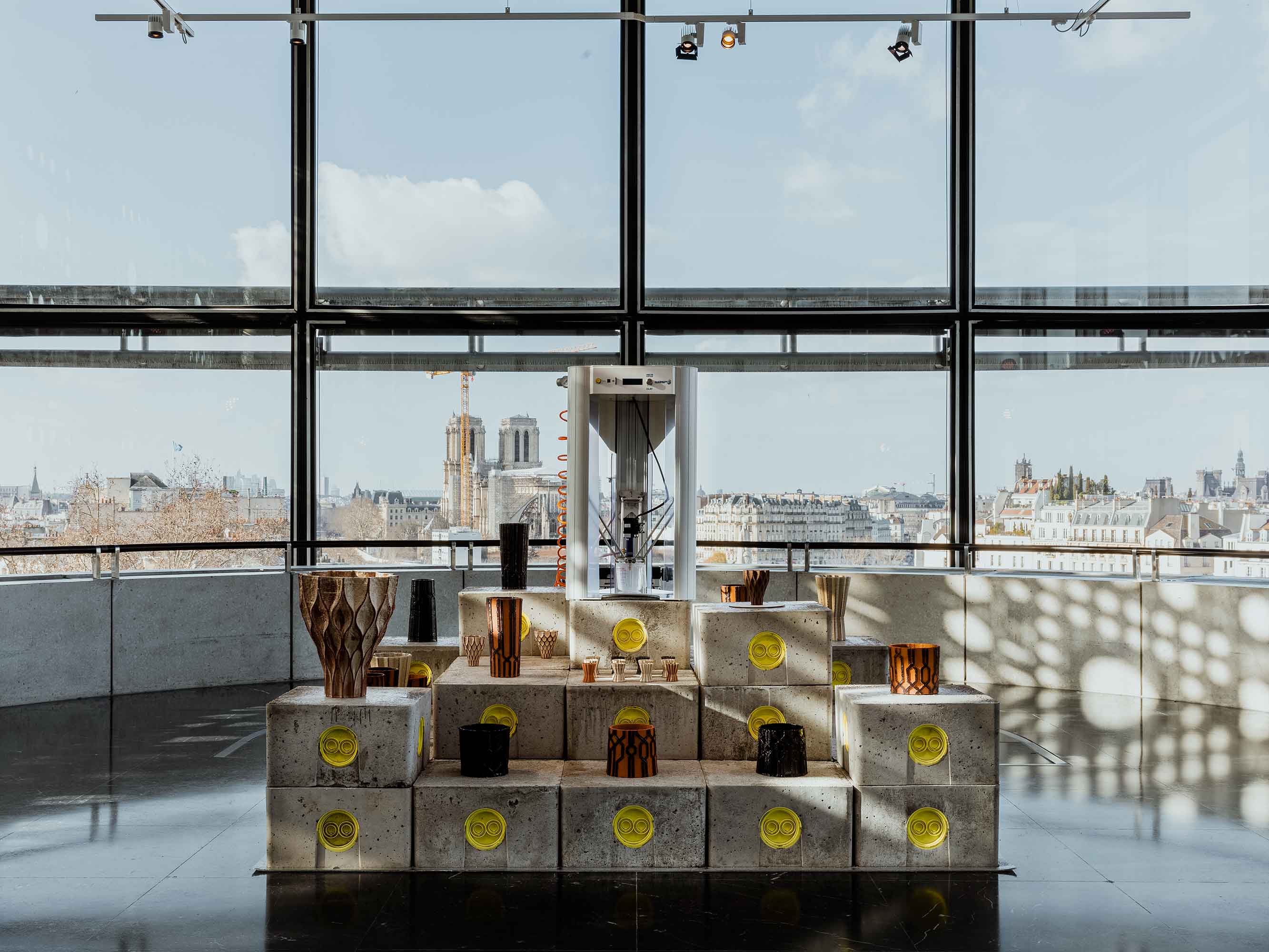
Trame is a design and homeware brand based in Paris. By regularly collaborating with creatives from across the globe, they produce works that reference specific cultures and traditions and narrate transcendental journeys experienced and lived by the designers. In doing so, they build objects that are both creatively designed as well as intricately crafted by the application of traditional techniques of craftsmanship. Their latest ceramic collection celebrates this collaborative journey while also marking a new direction in the company’s future. The Alhambra.gcode vessels are crafted using nextgen, a high-end 3-D printing service, thus ensuing the brand’s journey to create products using the latest technology.
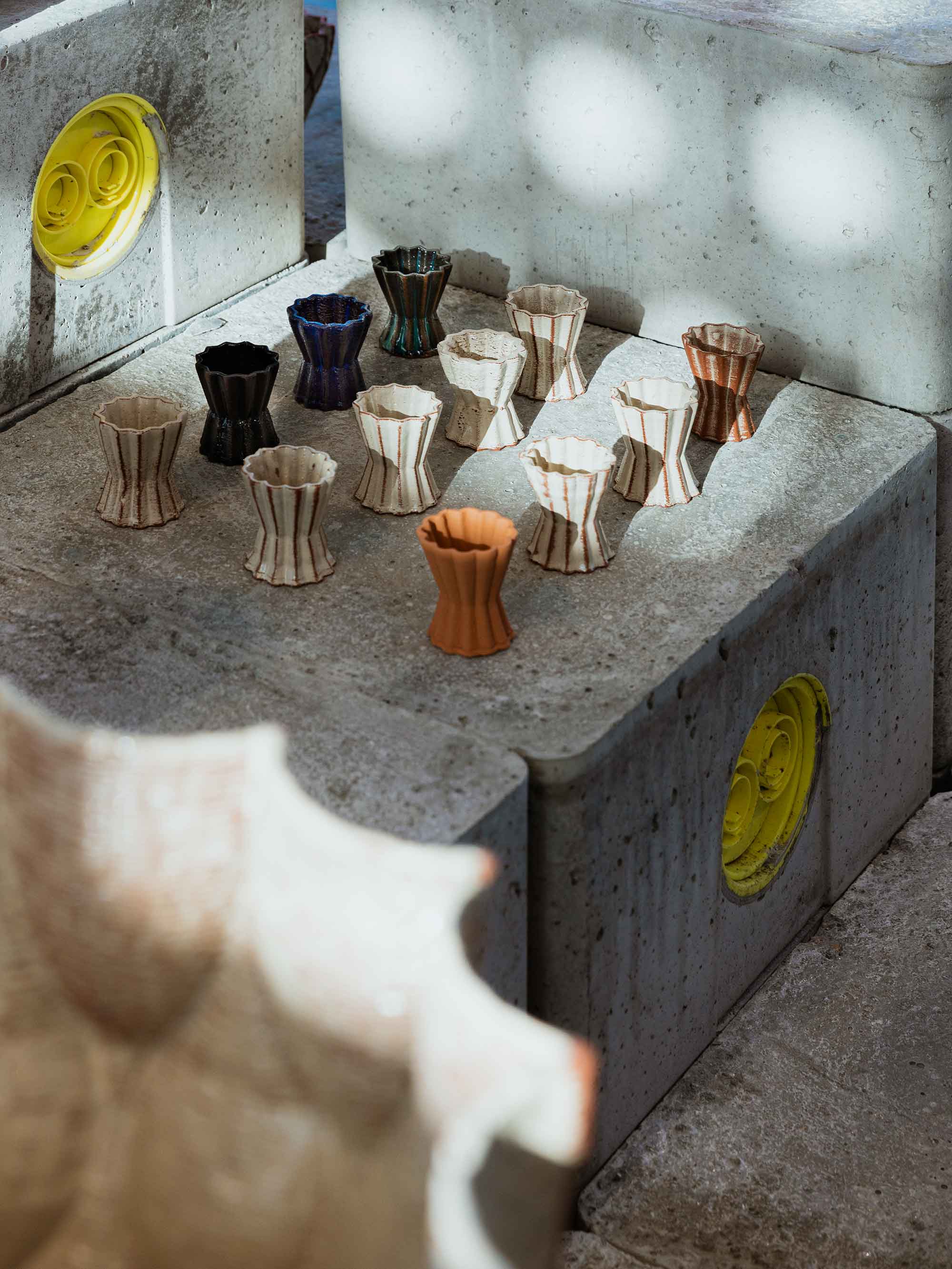
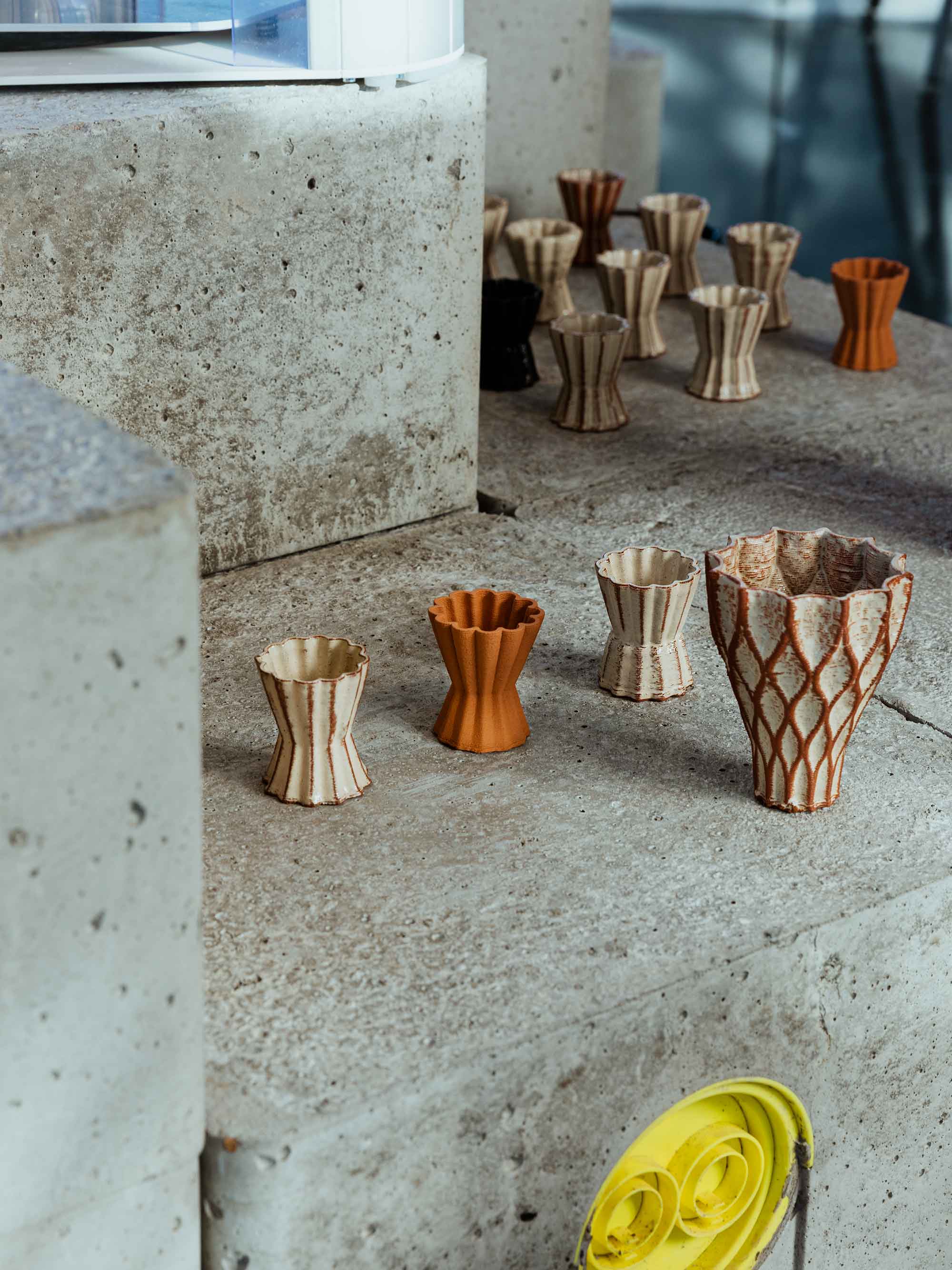
The synthesis of modern technology and archaic hand-finishing techniques used to sculpt out the vessels express an important association between the past and the present. By deriving inspiration for designs from ancient creative traditions and craftsmanship techniques and employing the offerings of latest technological developments, the essence of both old and contemporary timelines are captured and enunciated in physical forms through these vessels. The employment of nextgen to sculpt out the ceramic vessels is not only an easier method to create the objects but also serves as a more sustainable alternative owing to the efficient and decentralised production model associated with it.
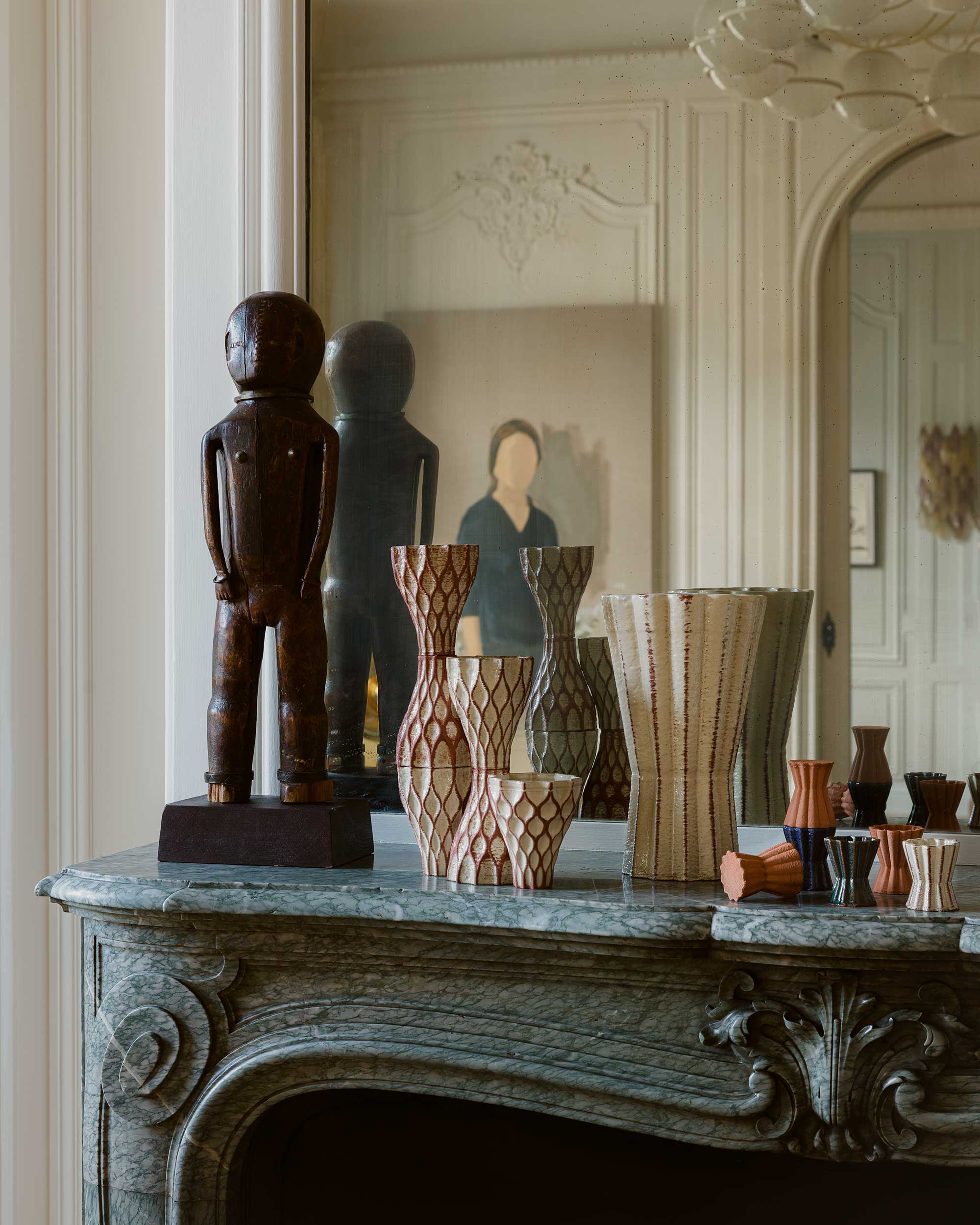
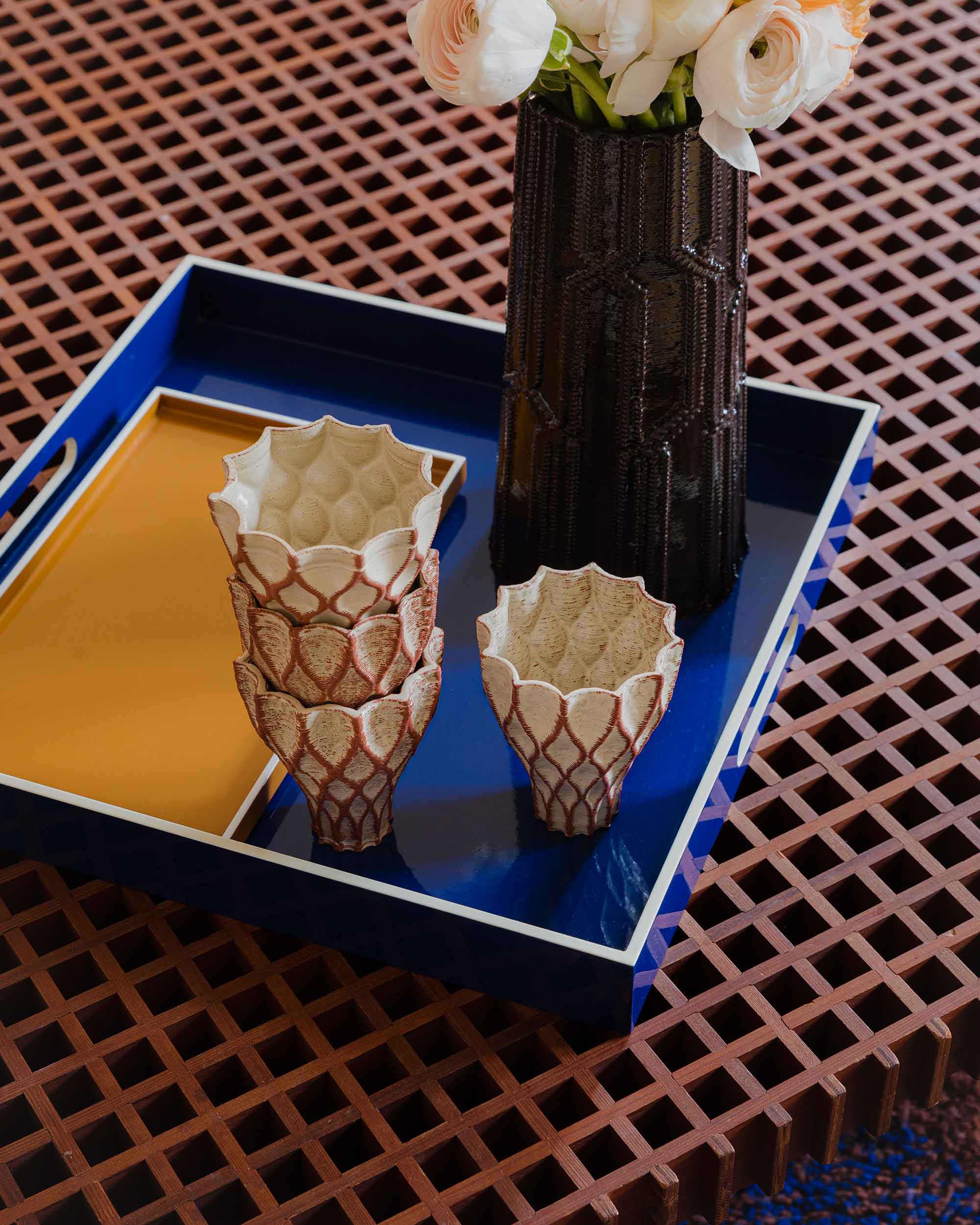
Another aspect that adds to the exclusivity of these ceramic objects are the extraordinary circumstances in which they were sculpted. Trame, instead of treating their collaborations with designers and other creatives as business deals, invites them on inspiration trips to scenic spots like Fez-Meknes, Morocco, and Calabria, Italy, amongst others. For their third collaborative project, Trame invited the designers to the historical Spanish region of Andalusia. The three designers, Amandine David, Wonmin Park and Arthur Mamou-Mani were gathered at the Alhambra fortress complex in Granada, where the Hispano-Moorish references within the red palatial monument heavily influenced the final pieces created by them.
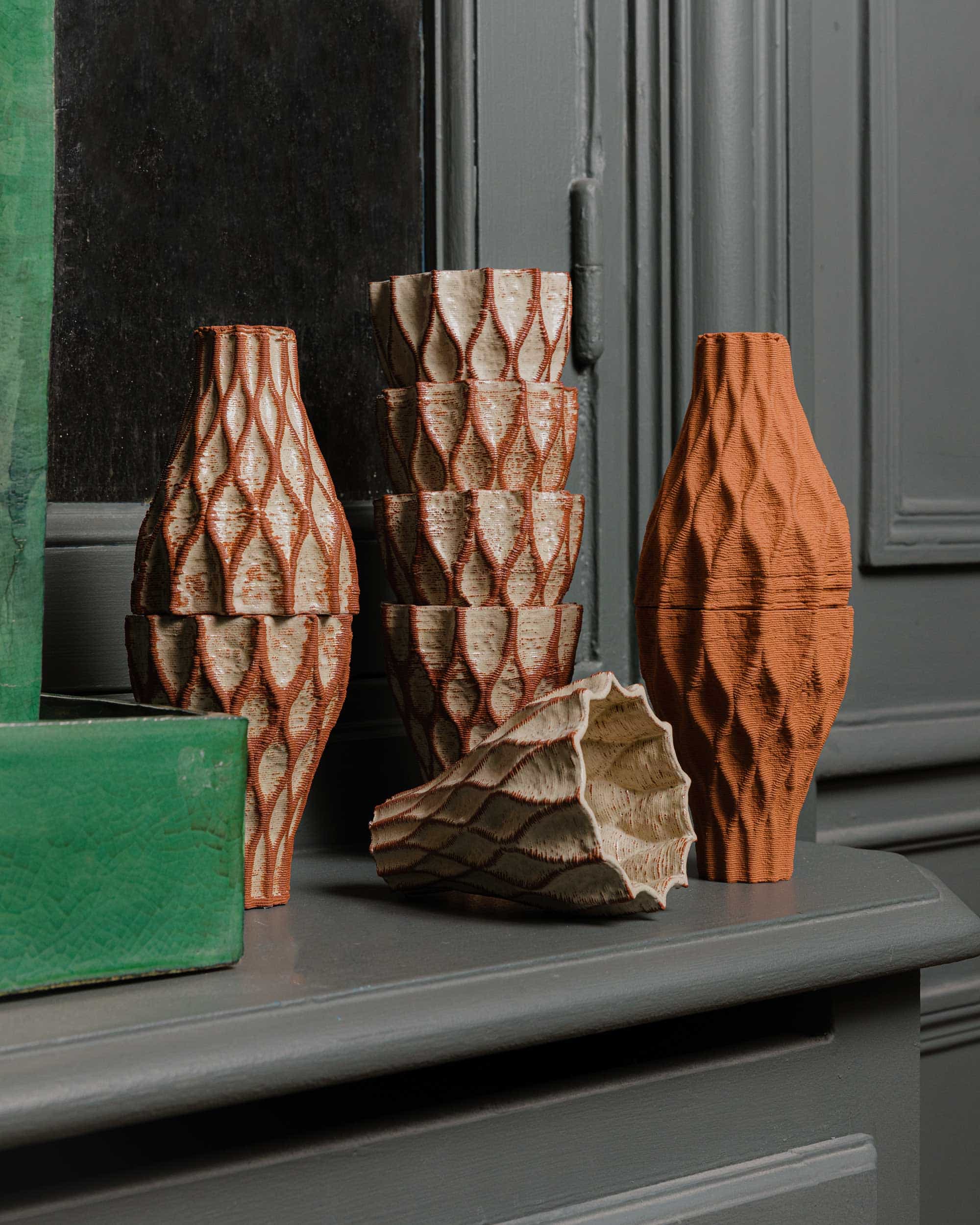
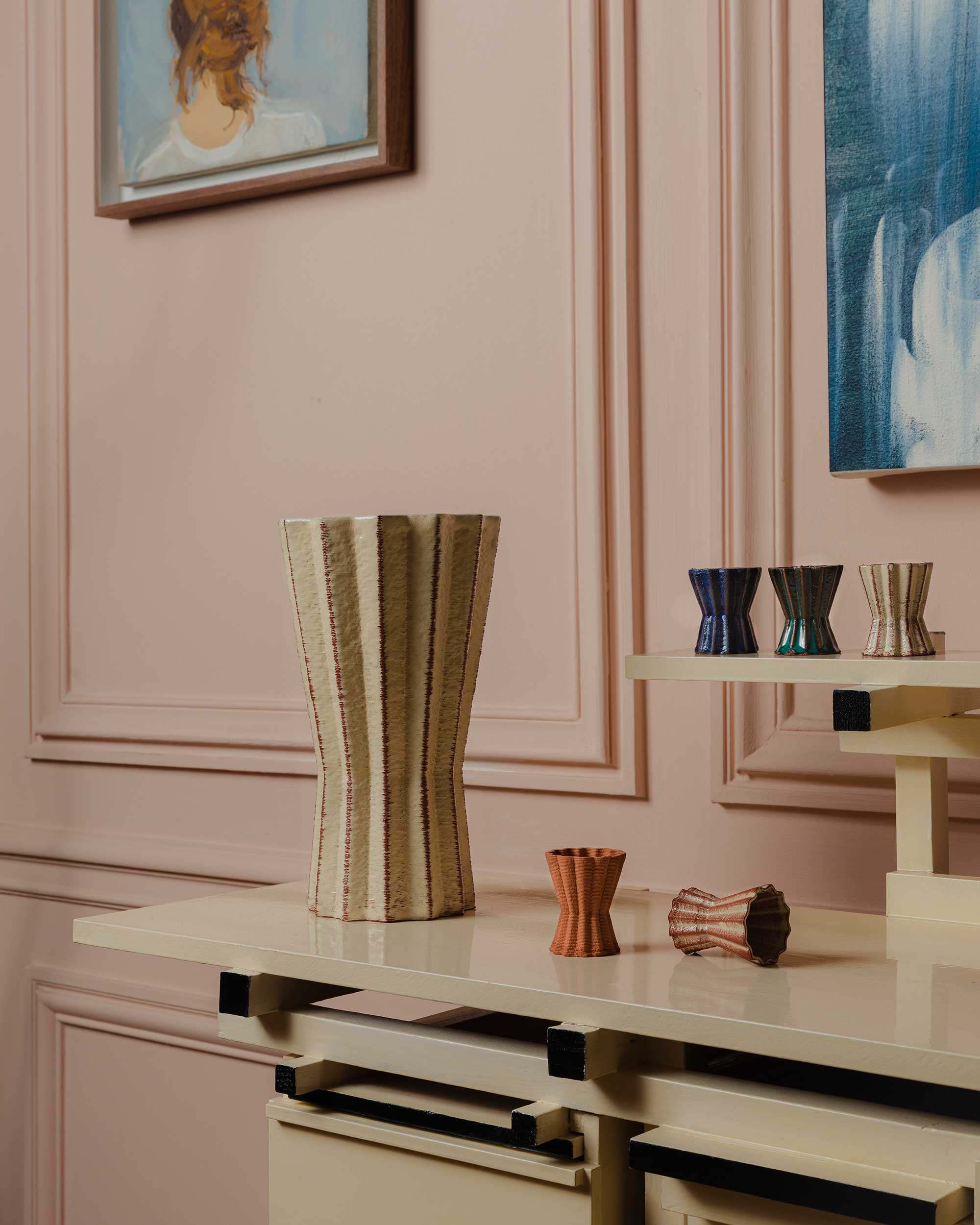
The three designers are upcoming creatives carving their own niche in the creative industry. Arthur MamouMani, a French architect, designer, and artist, experiments in digital technologies to create new forms of designs. On the other hand, Amandine David, a designer and researcher based in Brussels, combines the contrasting fields of craftsmanship and digital offerings in her own practice while also actively participating in furthering the amalgamation of the two fields. Korean designer Wonmin Park, currently based between Eindhoven, Rotterdam, and Paris, utilises specific craft techniques to sculpt sleek and minimalist objects.
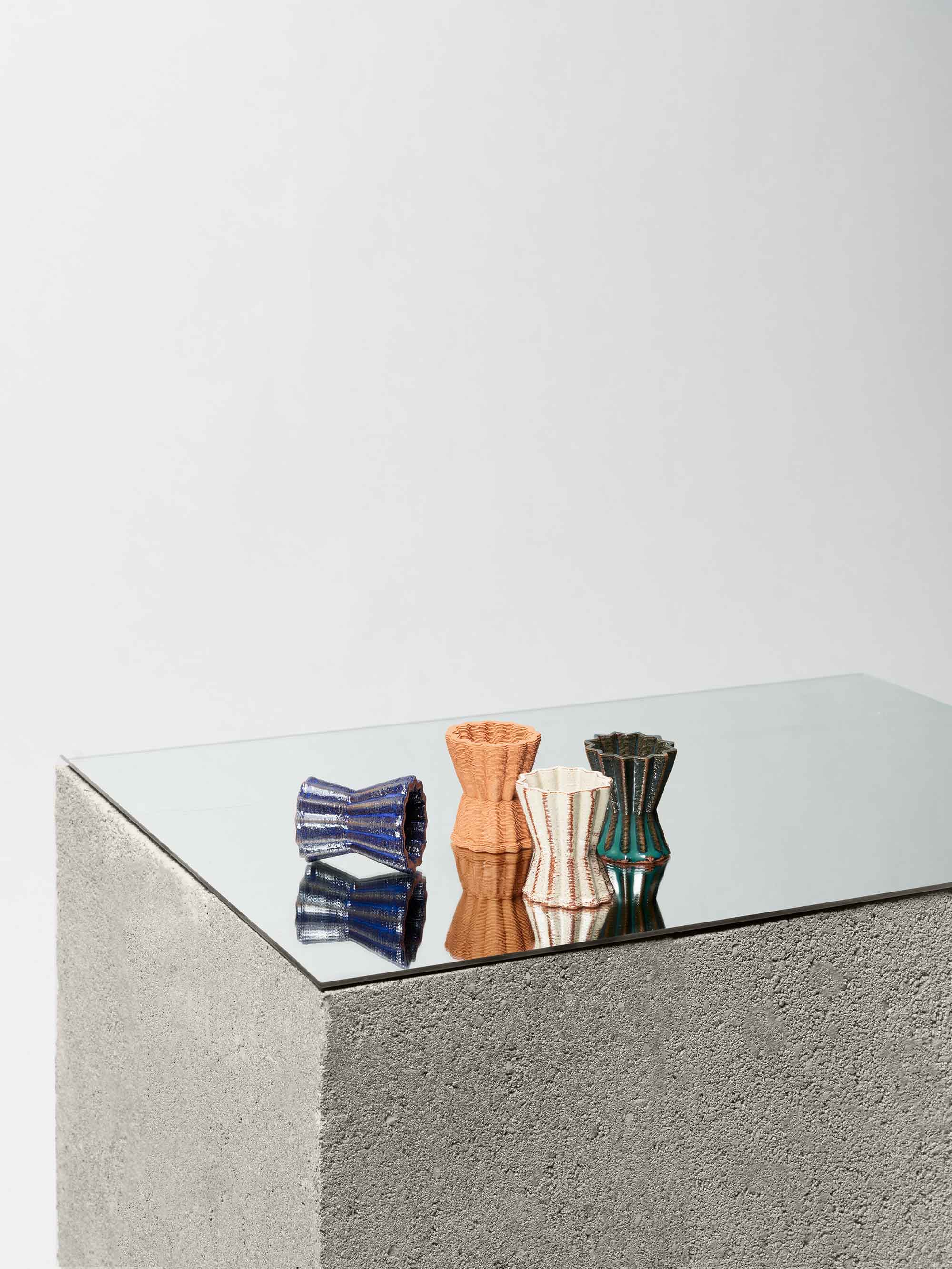
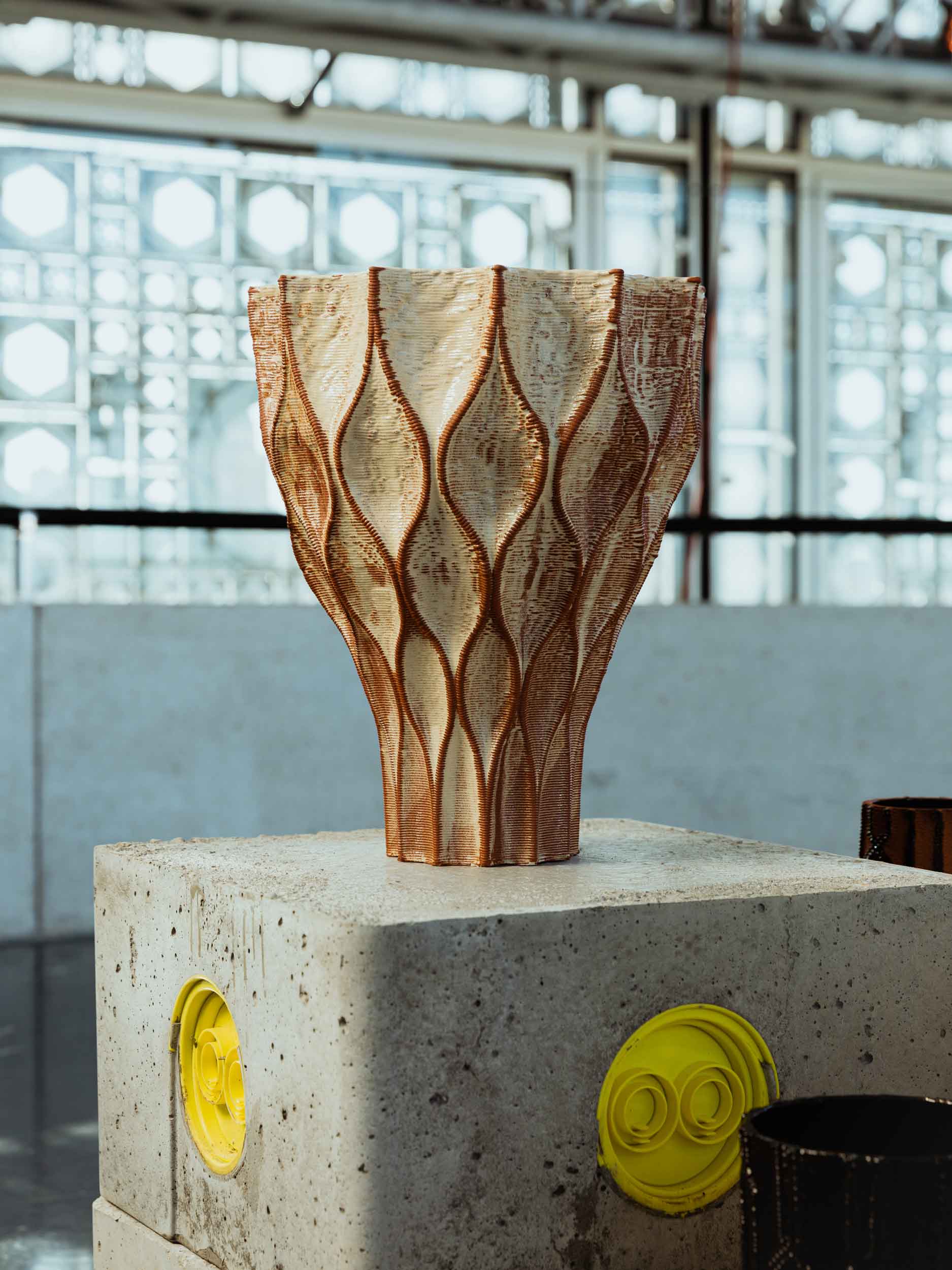
All three of them, when confronted with the intricate muqarnas, stucco decorations, mosaic tilework, ornate vaulting patterns, Kufic calligrams and Arabic calligraphy, responded with original and layered designs of their own. While they bear a semblance of familiarity with archaic Islamic motifs and textures, they also mirror minimalist features that are heavily found in contemporary designs. The Alhambra.gcode collection, thus, heralds the process of reclaiming what’s old and significant without forfeiting the offerings of modern technology.






 Sign in with email
Sign in with email


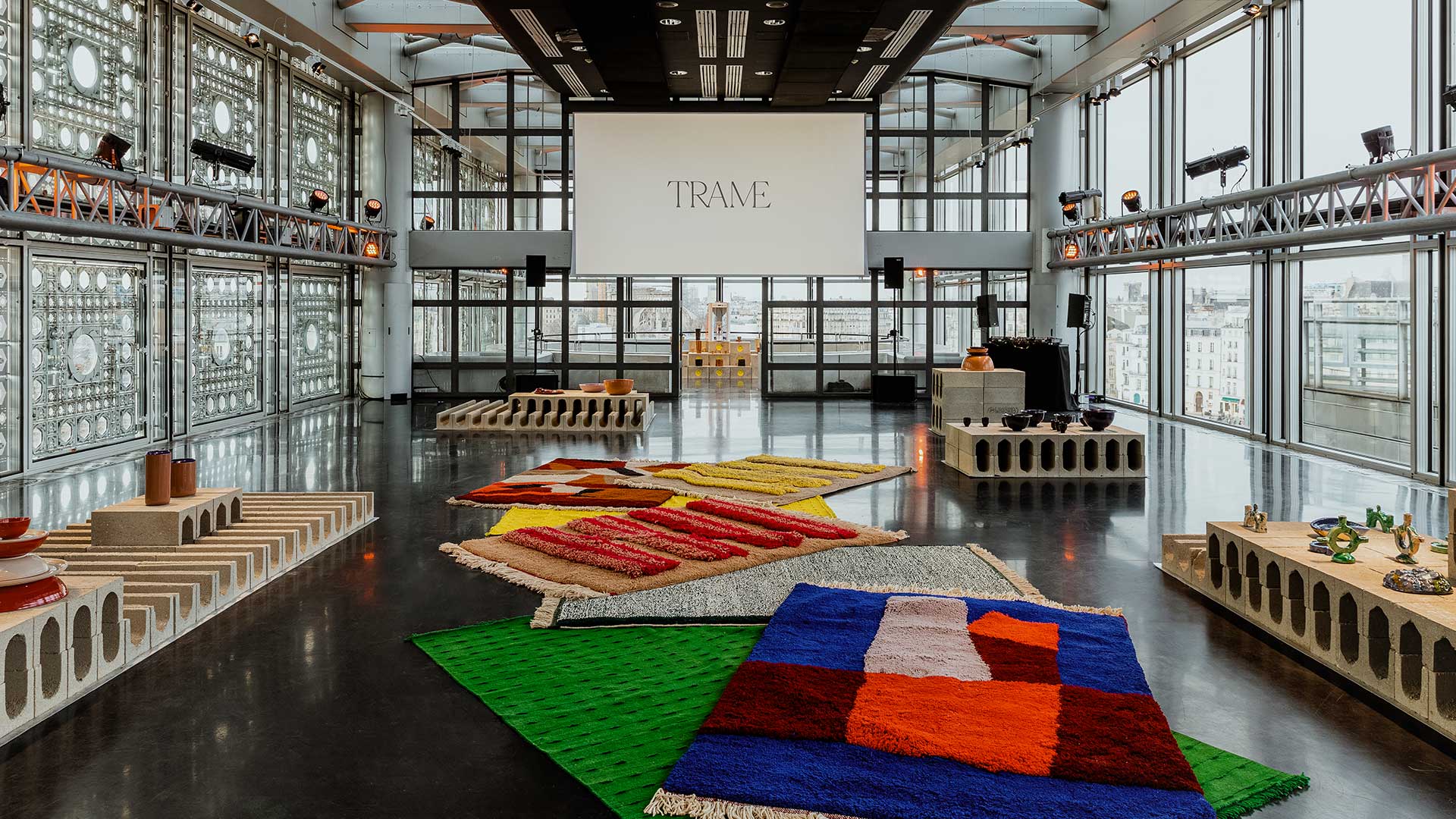
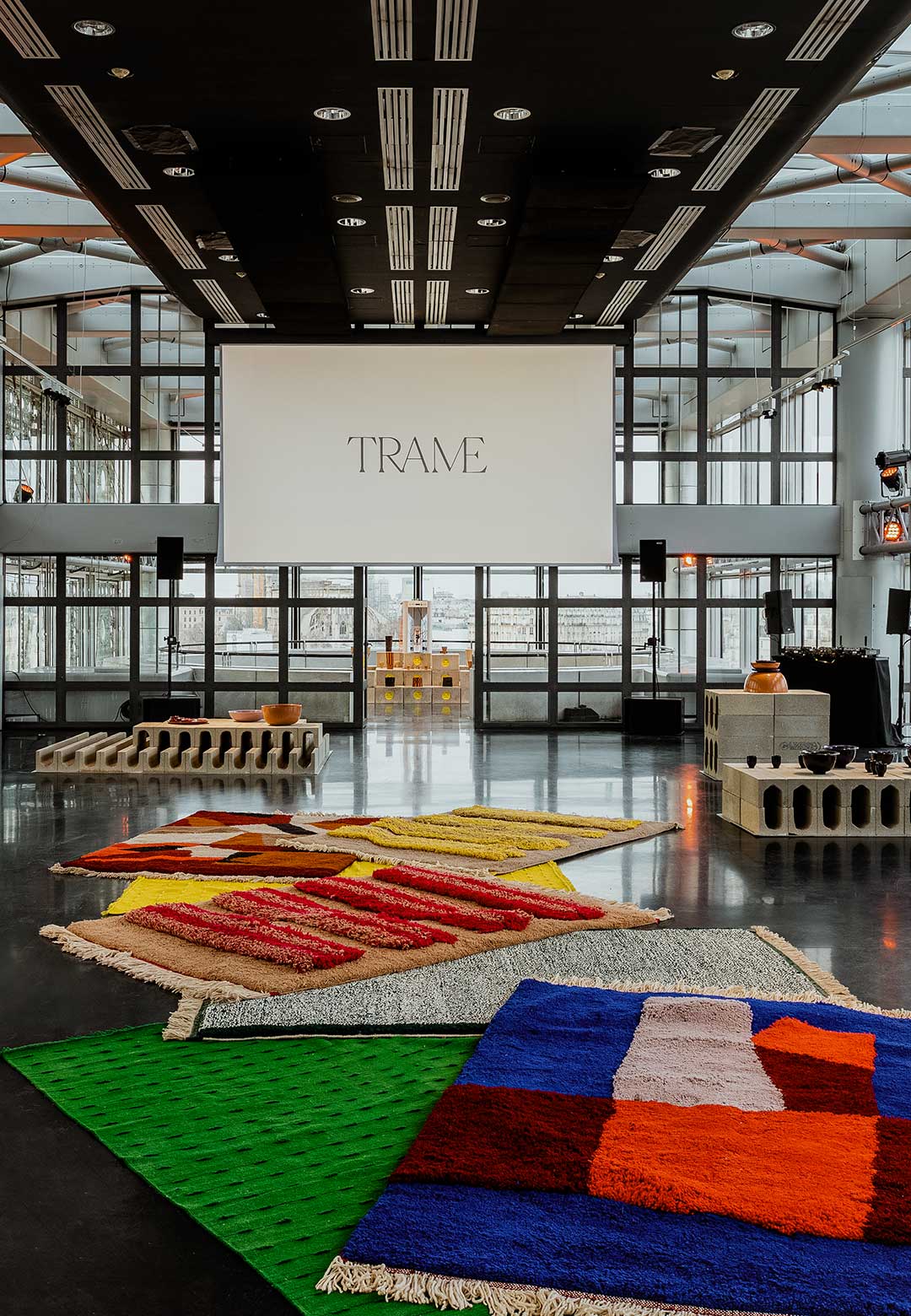






What do you think?